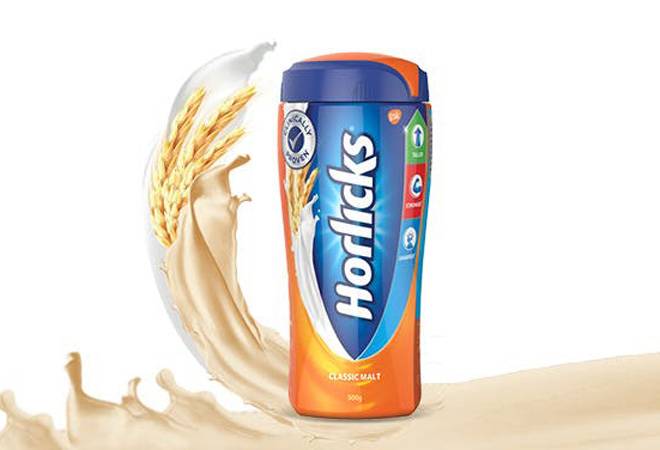GlaxoSmithKline has announced plans to sell Horlicks and with the funds buy out Novartis stake in the consumer healthcare joint venture, for $13 billion. The days ahead would give a clue on how it all pans out, with the list of companies keen to buy Horlicks, growing each day. All the big FMCG companies – Unilever, Nestle, Mondelez, ITC among others – are there in the race to buy the brand.
While Horlicks is a brand with a huge heritage and 140-year-old history, it is only strong in a few countries and gets its bulk sales from India. Within the country, those who have studied the brand and its journey, see South and East India as its main markets. Over the years, it has defied changing consumer preferences, withstood generations, evolved and continued to grow here.
India may be a key market, but the story of Horlicks began in the UK, when it was invented by two British-born men, William Horlick (1846-1936) and his brother James (1844-1921) from Gloucestershire, England. As a website dedicated to Horlicks says, James was a chemist, working for a company that made dried baby food. William, the younger brother, had emigrated to America in 1869 and James decided to join him in Chicago in 1873. That same year, they started their own company (J&W Horlicks) to make a malted milk drink. They called their product ‘Diastoid’ and their advertising slogan read: ‘Horlick’s Infant and Invalids Food’.
From then to now, as a popular nutritional drink in India, it has been an incredibly long journey. Within India, the company has tried to contemporise the brand equity in the last 12-15 years and made it more modern and brought out variants for women, for children of various age groups and to suit varying taste.
In the process, it has also changed packaging and modernised the brand equity. Its various brand extensions are along various lines of specialized nutritional supplementation for general public and therefore not medical nutrition. However, it will be challenge for the company which acquires it, to keep it relevant for the younger people.
But till then, brand experts feel, companies should keep in mind the larger messages on brand building from Horlicks and its long history:
1. Credibility is important as people will need to believe in the brand’s promise.
2. Try and be a first mover in any category and then try and build on it.
3. Be consistent in your messaging (and not constantly changing track). This is critical for brand building.
4. Try and fill a genuine or a perceived unmet need.


